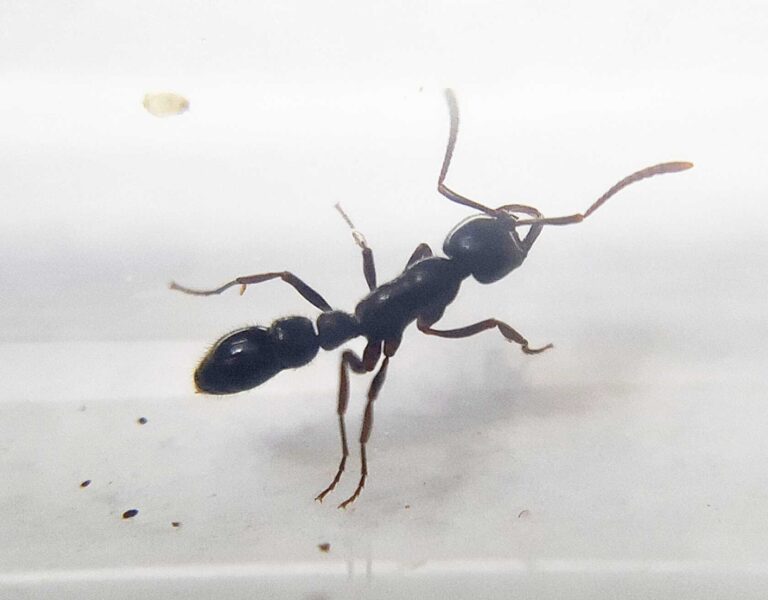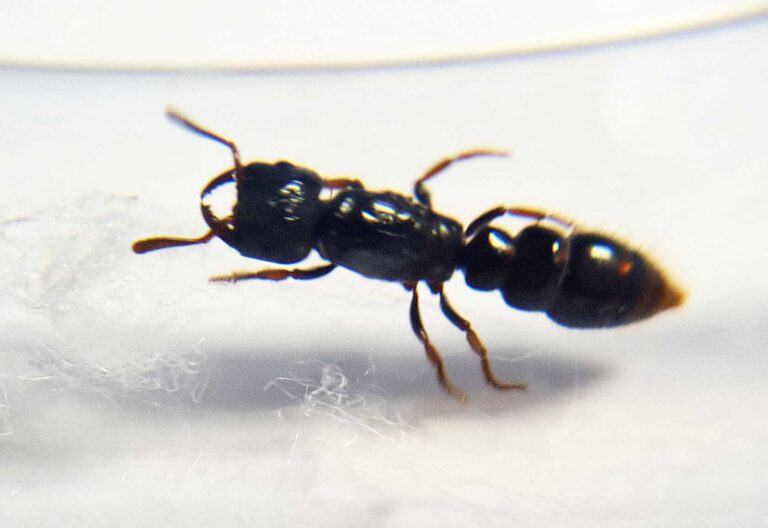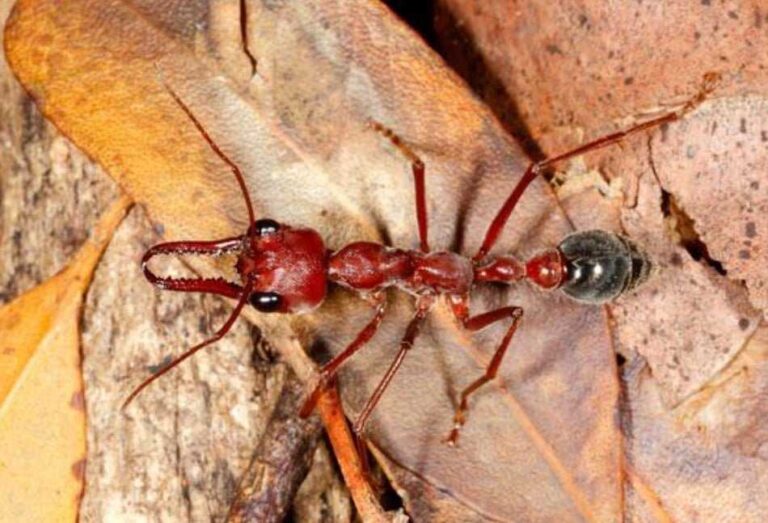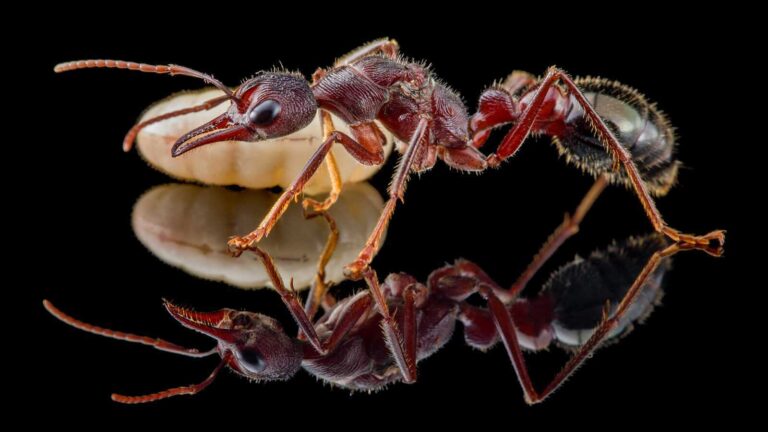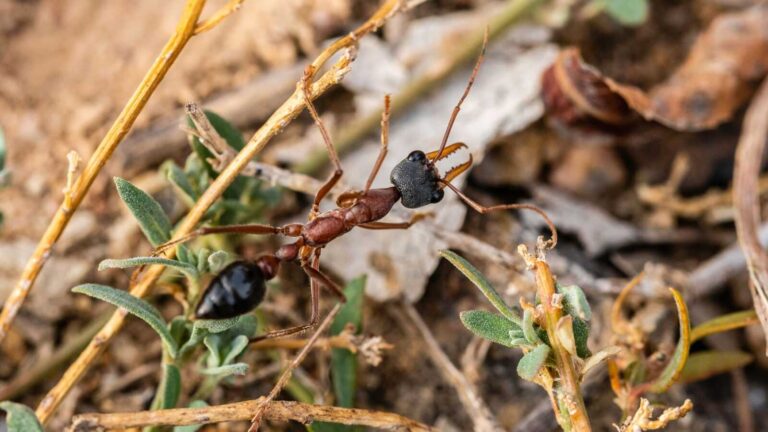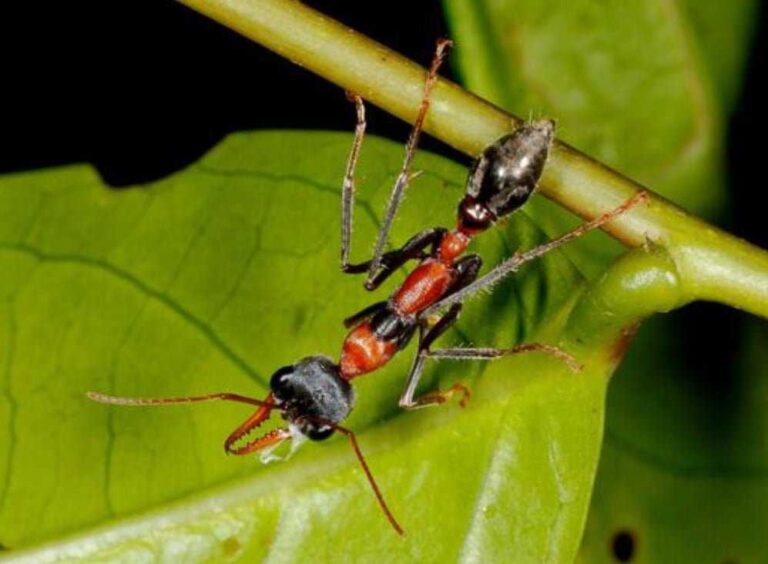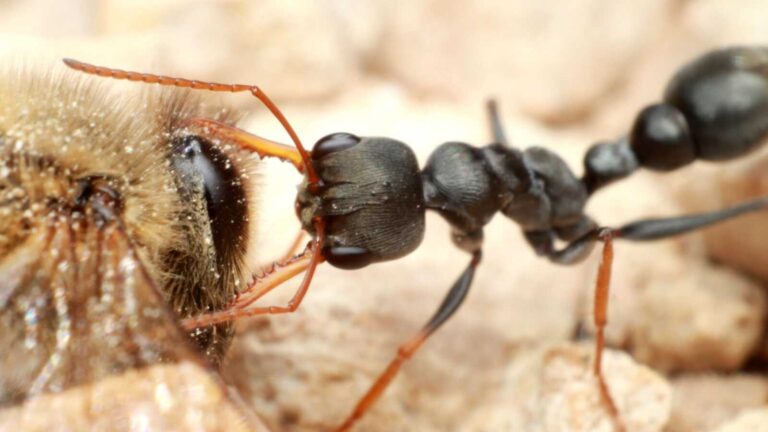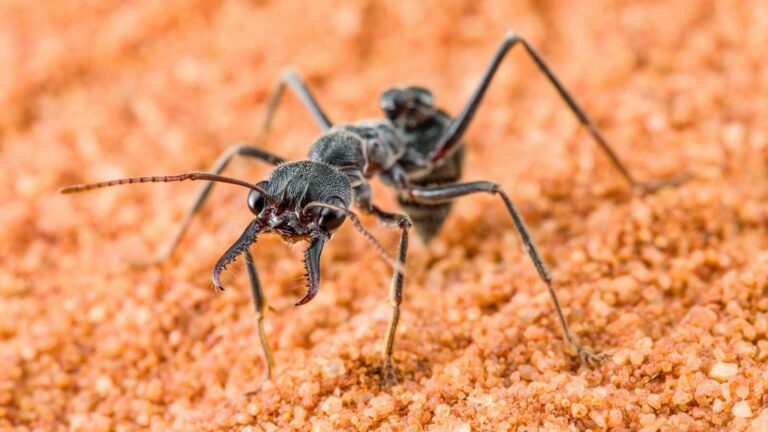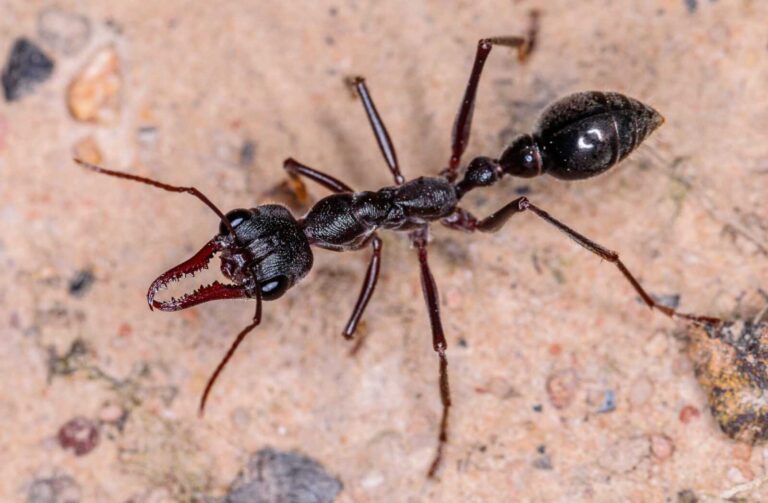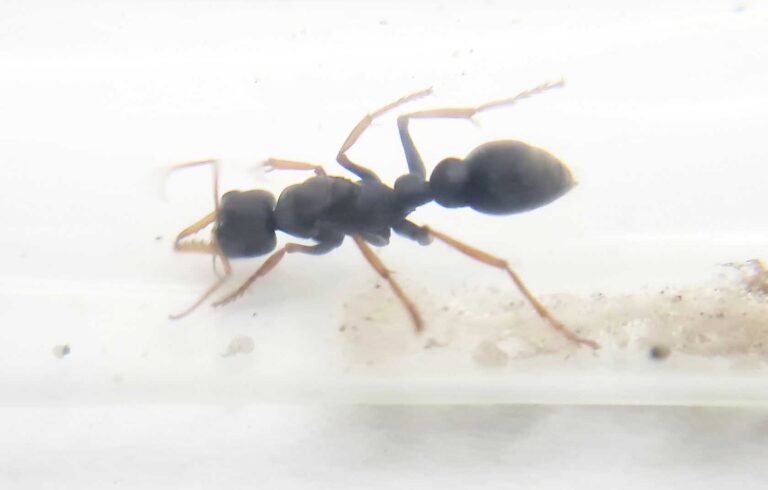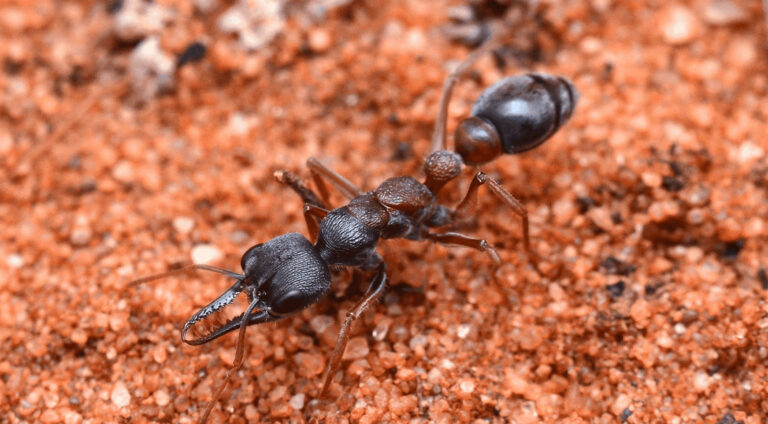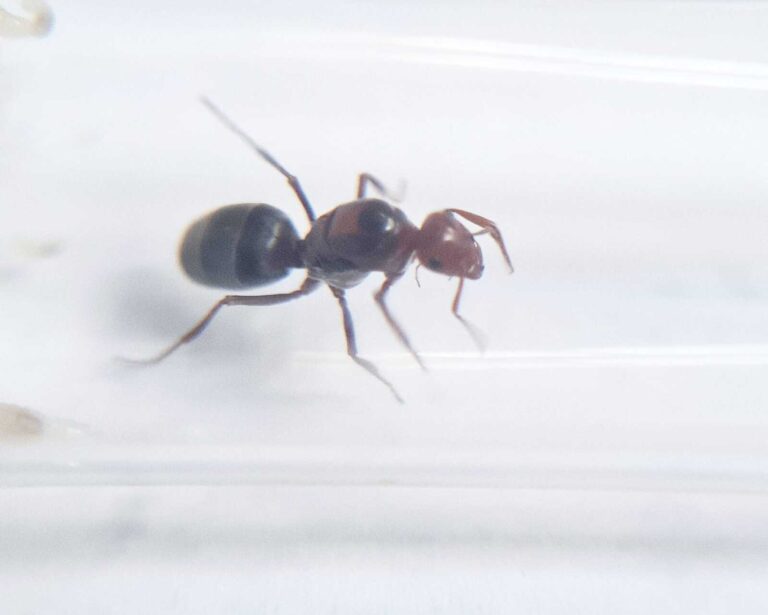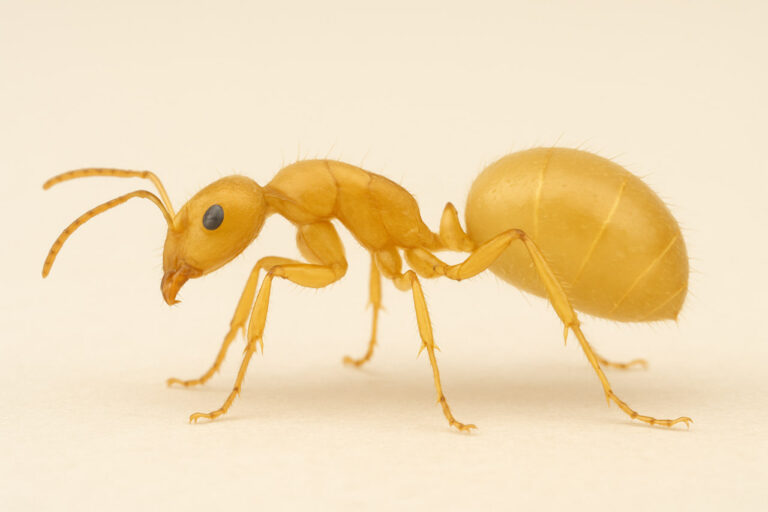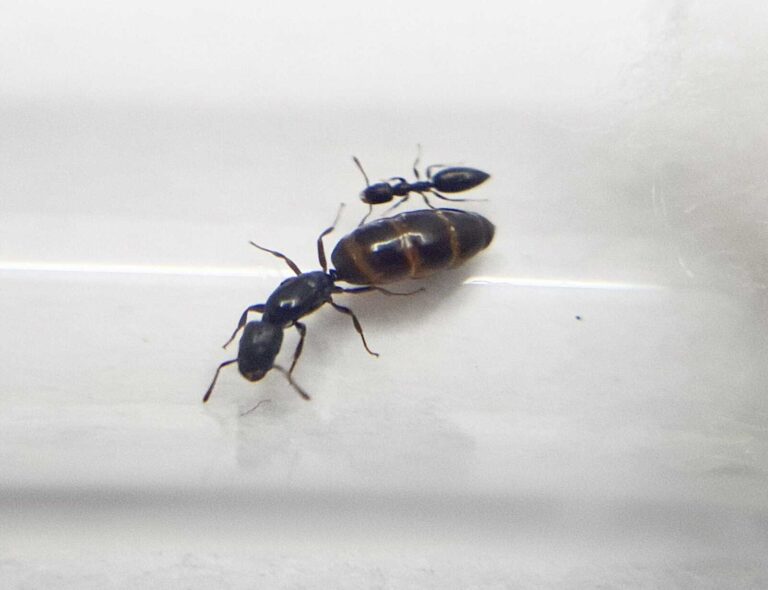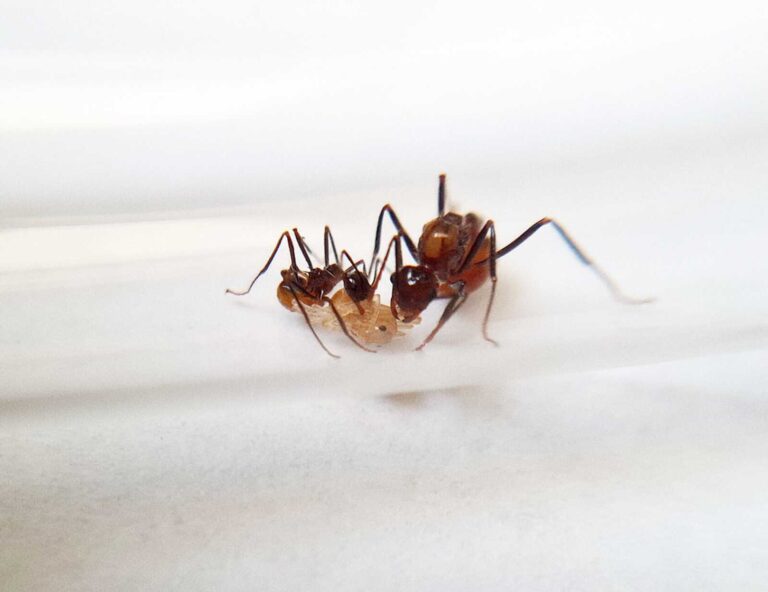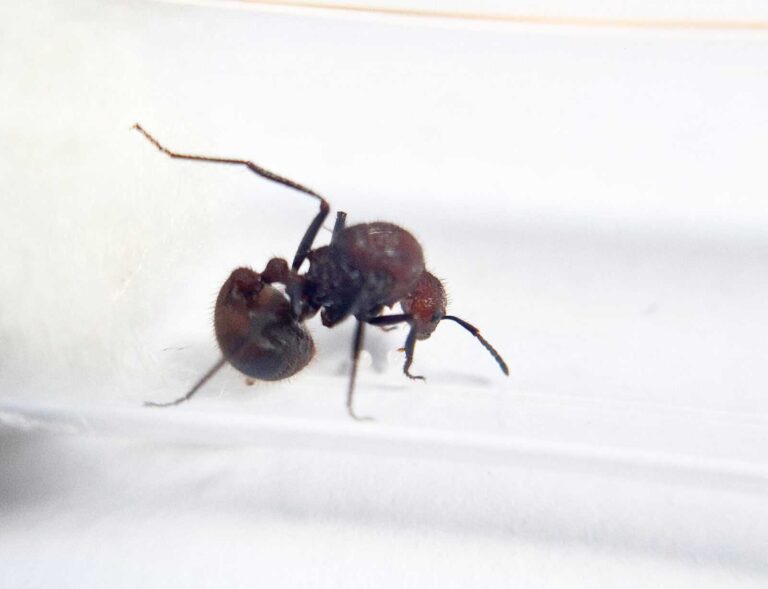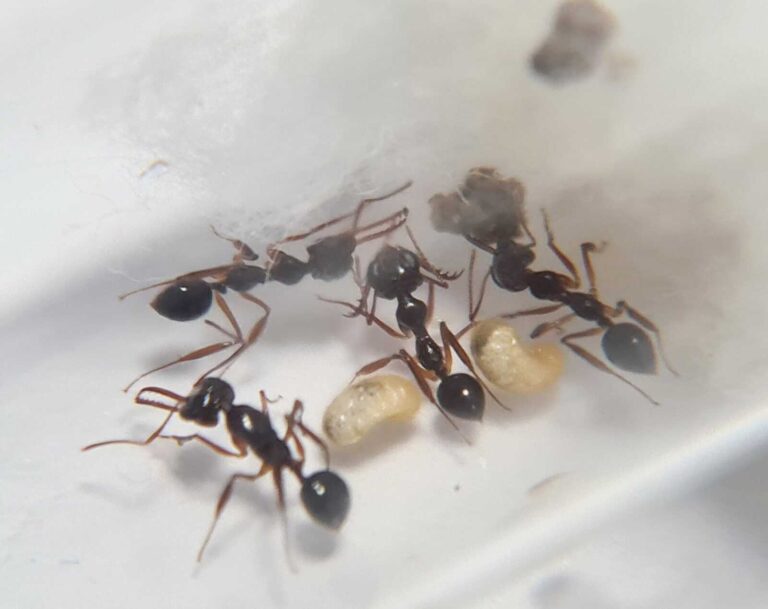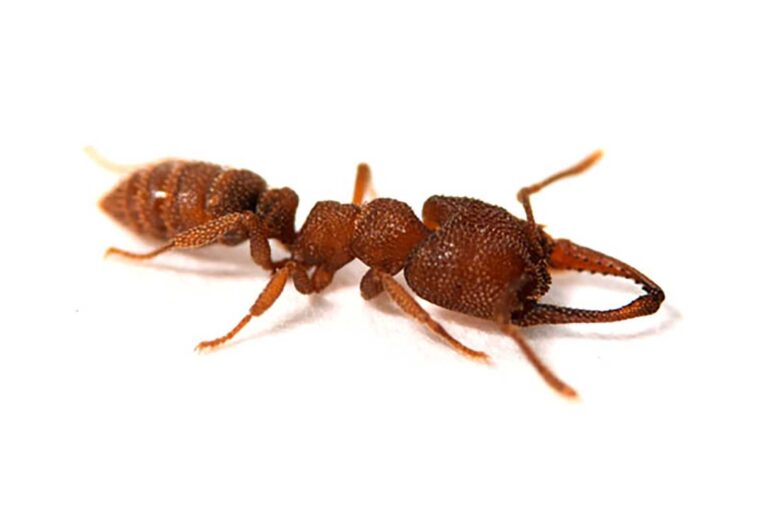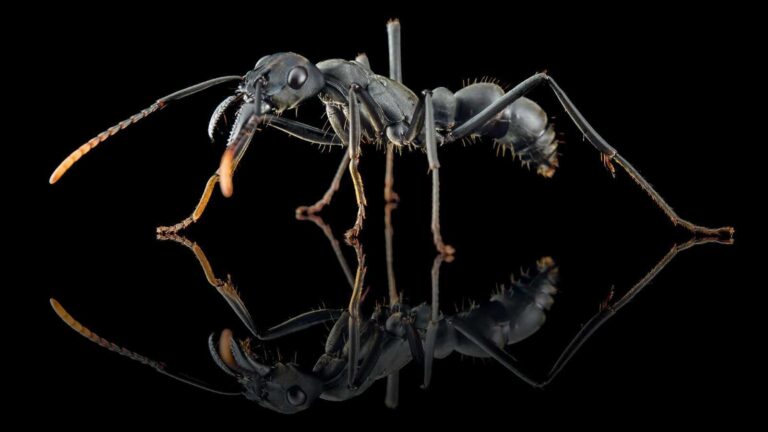Showing 221–240 of 323 results
Product categories
Stock status
Filter by price
Behavior
- ShyShy 5
- CalmCalm 75
- ModerateModerate 141
- AggressiveAggressive 89
- FastFast 11
Defficulty
Number of workers
- Queen 312
- Queen and 1-50 workers 14
- Queen and 1-3 workers 300
- Queen and 4-10 workers 303
- Queen and 11-20 workers 303
- Queen and 21-40 workers 303
- Queen and 41-60 workers 297
- Queen and 61-100 workers 186
- Queen and 51-100 workers 14
- Queen and 101-200 workers 39
- Queen and 201-500 workers 19
- Queen and 501-1000 workers 10
- 2 Queens 31
- 2 Queens and 1-50 workers 7
- 2 Queens and 1-3 workers 28
- 2 Queens and 4-10 workers 28
- 2 Queens and 11-20 workers 28
- 2 Queen and 21-40 workers 26
- 2 Queens and 41-60 workers 27
- 2 Queens and 61-100 workers 15
- 2 Queens and 101-200 workers 15
- 2 Queens and 51-100 workers 7
- 2 Queens and 201-500 workers 8
- 2 Queens and 501-1000 workers 2
- 3 Queens 16
- 3 Queens and 1-50 workers 7
- 3 Queens and 1-3 workers 15
- 3 Queens and 4-10 workers 15
- 3 Queens and 11-20 workers 15
- 3 Queens and 21-40 workers 15
- 3 Queens and 41-60 workers 15
- 3 Queens and 61-100 workers 9
- 3 Queens and 51-100 workers 7
- 3 Queens and 101-200 workers 12
- 3 Queens and 201-500 workers 8
- 3 Queens and 501-1000 workers 1
Origin
Filter by size
MicroMicro 13
SmallSmall 62
MediumMedium 159
LargeLarge 73
HugeHuge 14
Wintering
Myopias sonthichaiae
999,90 złMyopias sonthichaiae is a monogynous ant species that can have several hundred workers. They have a medium development rate and their workers are 9-11 mm in size with a black body and orange legs. They feed on food insects, fruits, vegetables, and syrup. They require a humidity level of 30-50% in the arena and 50-70% in the nest.
Myopopone castanea
349,90 zł – 489,90 złPrice range: 349,90 zł through 489,90 złMyopopone castanea is a monogynous ant species with colony sizes of up to several hundred workers. The ants have a medium development rate and the queen measures 15-18 mm while the workers measure 11-14 mm. They have a black body with orange legs. Their diet consists of food insects, fruits, vegetables, and syrup. The recommended humidity levels for their arena and nest are 30-50% and 50-70% respectively.
Myrmecia brevinoda
2599,90 zł – 3399,90 złPrice range: 2599,90 zł through 3399,90 złMyrmecia brevinoda is a species of ant that can form colonies with one or more queens and can have up to several hundred workers. They have a medium development rate and grow to be 24-30 mm for queens and 17-26 mm for workers. They are dark red in color with a black belly and have powerful jaws. They feed on food insects, fruits, and syrup. The required humidity for this species is not specified.
Myrmecia forficata
2359,90 zł – 3299,90 złPrice range: 2359,90 zł through 3299,90 złThe Myrmecia forficata is a species of ant with a monogynous colony type and up to several hundred workers. They have a medium development rate and are characterized by their size, with queen ants measuring 23-27 mm and workers measuring 17-23 mm. They have a dark red color with a black belly and sickle-shaped jaws. They feed on food insects, fruit, and syrup, and require a humidity level of 30-50% in the arena and nest.
Myrmecia nigriceps
1989,90 złMyrmecia nigriceps is a monogynous ant species with colony sizes of up to several hundred workers. They have a medium development rate and the queen measures 19-23 mm in size while the workers measure 16-21 mm. They have a black head and back with an orange body. Their diet includes food insects, fruit, and syrup. They prefer an arena humidity of 30-50% and a nest humidity of 50-70%.
Myrmecia nigrocincta
1899,90 zł – 2779,90 złPrice range: 1899,90 zł through 2779,90 złThe Myrmecia nigrocincta ant is a monogynous species with colonies consisting of several hundred workers. They have a medium development rate and are categorized by their size, with queens measuring 18-22 mm and workers measuring 15-21 mm. These ants have a dark red color with a black belly and distinctive sickle-shaped jaws. Their diet consists of food insects, fruit, and syrup. They thrive in arenas with a humidity level of 30-50%.
Myrmecia pilosula
2289,90 złMyrmecia pilosula is a ant species that has a monogyny colony type and can have several hundred workers. The ants are dark red in color with a black belly and sickle-shaped jaws. They feed on food insects, fruit, and syrup, and require a humidity level of 30-50%. Development rate is medium.
Myrmecia pyriformis
2259,90 złThe Myrmecia pyriformis ant species is monogynous and can have a colony size of several hundred workers. They have a medium development rate and the queen is around 23-26 mm in size, while workers are around 14-23 mm. They have a brown-black color and their nutrition includes food insects, fruit, and syrup. They require humidity levels of 30-50% in the arena and 50-70% in the nest.
Myrmecia similllima
2189,90 złMyrmecia similllima is a species of ant that can have both monogynous and polygynous colonies. The colony size can reach several hundred workers. They have a medium development rate. The queen measures 20-24mm in size, while the workers measure 16-22mm. They have a dark red color with a black belly and strong, sickle-shaped jaws. They consume food insects like cockroaches and crickets, as well as fruit and syrup. The ideal humidity level for this species is unknown.
Myrmecia tarsata
2137,90 złMyrmecia tarsata is a black ant species with a monogynous colony type. The colony can have several hundred workers and has a medium development rate. The queen is 17-20mm in size while the workers are 15-18mm. They feed on food insects, fruit, and syrup. The ants require humidity levels of 30-50% in the arena and 50-70% in the nest.
Myrmecia varians
2059,90 złMyrmecia varians is a monogynous ant species with a colony size of up to 1000 workers. The ants have a medium development rate and the queen measures 17-19 mm while the workers measure 14-17 mm. They are black and dark brown in color and feed on food insects, syrup, and fruits. They require a humidity level of 50-70% in their arena and 60-80% in their nest.
Myrmecocystus mendax
599,90 złThe Myrmecocystus mendax ant colony is polygynous, with a colony size of 10,000 workers. They have a medium development rate and range in size from 10-12mm for queens and 4-8mm for workers. They are reddish in color with a black back. They feed on food insects, fruits, vegetables. The recommended humidity for their arena is 40-60% and for their nest is 50-70%.
Myrmecocystus testaceus
549,90 zł – 869,90 złPrice range: 549,90 zł through 869,90 złMyrmecocystus testaceus is a monogynous ant species with a medium development rate. Queens typically measure 11–12 mm, and workers range from 4–8 mm. This species is distinguished by its lighter, yellowish to orange-tan coloration (hence the name testaceus), often with a contrasting darker gaster. Like other Myrmecocystus species, it features honey pot workers (repletes) that store liquid food in their distended abdomens.
Myrmelachista chilensis
449,90 złThe Myrmelachista chilensis is a cologne with a monogyny type. It has a fast development speed and can have several hundred workers in the colony. The queen is 6.5-7.5 mm in size while the workers are 3.5-6 mm. The ants are black and brown in color. They feed on food insects, fruit, and syrup. They require humidity levels of 30-50% in the arena and 50-70% in the nest.
Myrmelachista hoffmanni
429,90 złMyrmelachista hoffmanni is a species of ant characterized by its monogyny colony type and the ability to have several hundred workers. They have a fast development speed and range in size from 6.5-7.5 mm for queens and 3.5-6 mm for workers. Their coloration is black and brown and they have a varied diet of food insects, fruits, and syrup. The ants thrive in a humidity range of 30-50% in the arena and 50-70% in the nest.
Myrmicaria birmana
339,90 złThe Myrmicaria birmana is a polygynous ant species with a colony size of up to 10,000 workers. They have a medium development rate and the queen measures 10-13mm while the workers measure 5-8mm. These orange-colored ants feed on food insects, syrup, fruits, vegetables, jelly, and cooked chicken without salt.
Myrmicaria natalensis
249,90 złMyrmicaria natalensis is a monogynous ant species with a medium-sized colony of up to 10,000 individuals. The queen measures 12-14mm, while workers are 5-8mm. They have a reddish color with a black abdomen. Their nutrition includes food insects, syrup, fruits, vegetables, jelly, and cooked chicken without salt.
Myrmoteras opalinum
469,90 złThe Myrmoteras opalinum ant is a monogynous colony with a size of up to 400 workers. It has a medium development rate and the Queen measures 6-8 mm while the workers measure 5-7 mm. They are brown-orange in color and feed on food insects and sweet fruit. They require a humidity level of 60-70% in the arena and 60-80% in the nest, with a temperature range of 24-30 °C in the arena and 24-26 °C in the socket.
Mystrium camillae
1499,90 złMystrium camillae is a monogynous ant species with colonies of up to 500 workers. They have an average development speed and the queen and workers range in size from 7-9 mm and 3-6 mm respectively. They have an orange-brown coloration and their diet consists of feeding insects and sweet fruits. They thrive in a humidity range of 60-70% in the arena and 60-80% in the nest, with temperatures of 24-30 °C in the arena and 24-26 °C in the nest.
Neoponera apicalis
1599,90 złNeoponera apicalis is a black ant species with yellow antenna tips. The colony is monogynous and can have up to 600 workers. They feed on food insects, syrup, fruits, vegetables, jelly, and cooked chicken without salt. The development rate of the colony is slow. Queen ants measure 18-20 mm in size, while workers measure 15-18 mm.


